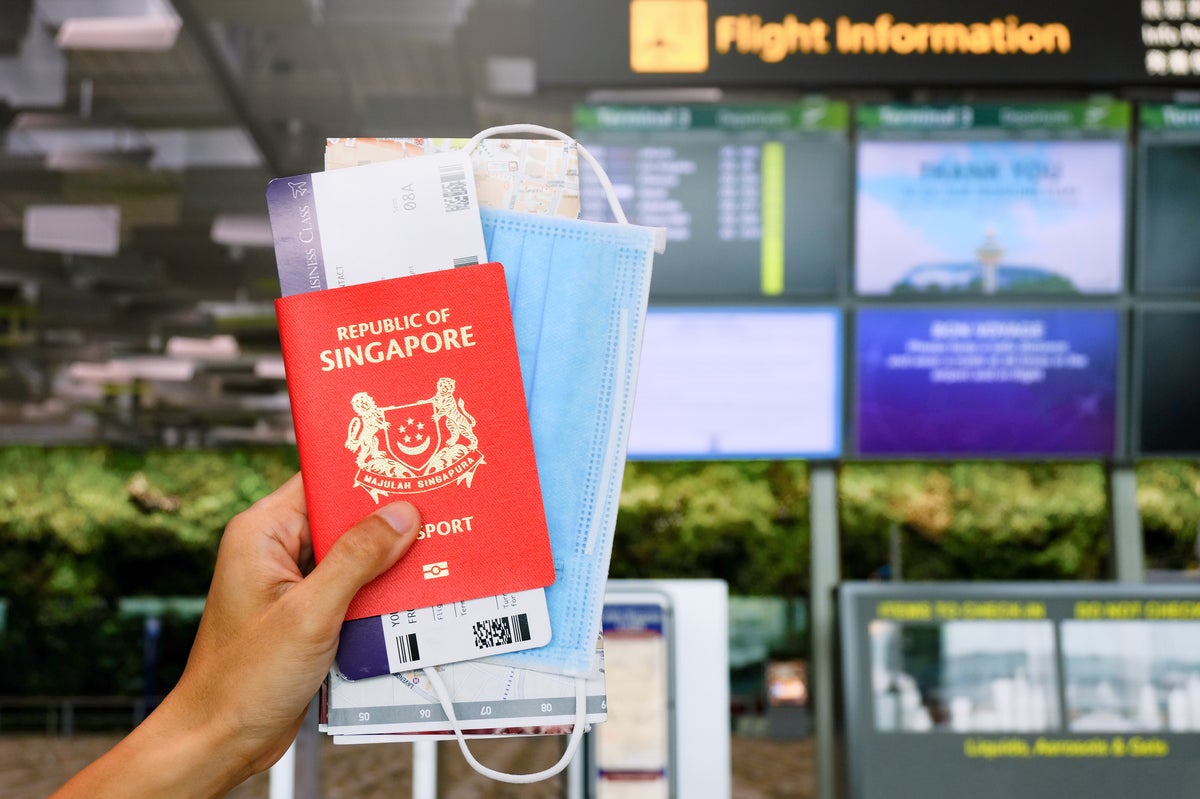Singapore, France and Germany have some of the most privileged passports for seamless international travel

The world’s most powerful passport for 2024 has been revealed – and Singapore nationals won’t struggle to find visa-free travel. According to this year’s Henley Passport Index, Singapore’s red travel document opens the most international doors.
The annual rankings have evaluated 199 countries based on the number of destinations their passport holders have visa-free access to for the last 19 years. Of the 227 destinations that may require a travel visa, an average of 111 countries can be accessed visa-free by most passport holders, revealed the Global Mobility Report.
As the world’s most powerful passport, Singapore’s easy access to 195 destinations ranked it first on the global mobility spectrum. In contrast, just 26 countries can be accessed visa-free for nationals of Afghanistan in 103rd place, the lowest-ever score recorded by the index.
Other privileged passports for international travel include France, Germany, Italy, Japan and Spain – all able to visit 192 visa-free destinations. At joint third place in the rankings, seven countries such as Austria, Finland, and Ireland opened the doors for their citizens to 191 different destinations.
The post-Brexit blue passports of the United Kingdom climbed two positions to joint fourth place with visa-free travel to 190 destinations – its best ranking since 2017. Previously the British travel document took the top spot for seamless international travel for three consecutive years between 2013 and 2015.
As for the United States, 186 visa-free travel destinations dropped America’s passport power ranking down a spot from seventh to eighth. The former passport powerhouse held first place on the index in 2014.
Over the last decade, UAE passports have climbed 53 positions up the rankings to take ninth place with Colombia and Timor-Leste each advancing 27 places to make the top 50. Venezuela, Yemen, Nigeria and Syria experienced the biggest fall from passport power, each dropping at least 13 places since 2014.
Dr Christian Kaelin, chairman of Henley & Partners, said: “The global average number of destinations travellers are able to access visa-free has nearly doubled from 58 in 2006 to 111 in 2024. However, the global mobility gap between those at the top and bottom of the index is now wider than it has ever been, with top-ranked Singapore able to access a record-breaking 169 more destinations visa-free than Afghanistan.”
For more travel news and advice, listen to Simon Calder’s podcast.
author Natalie Wilson